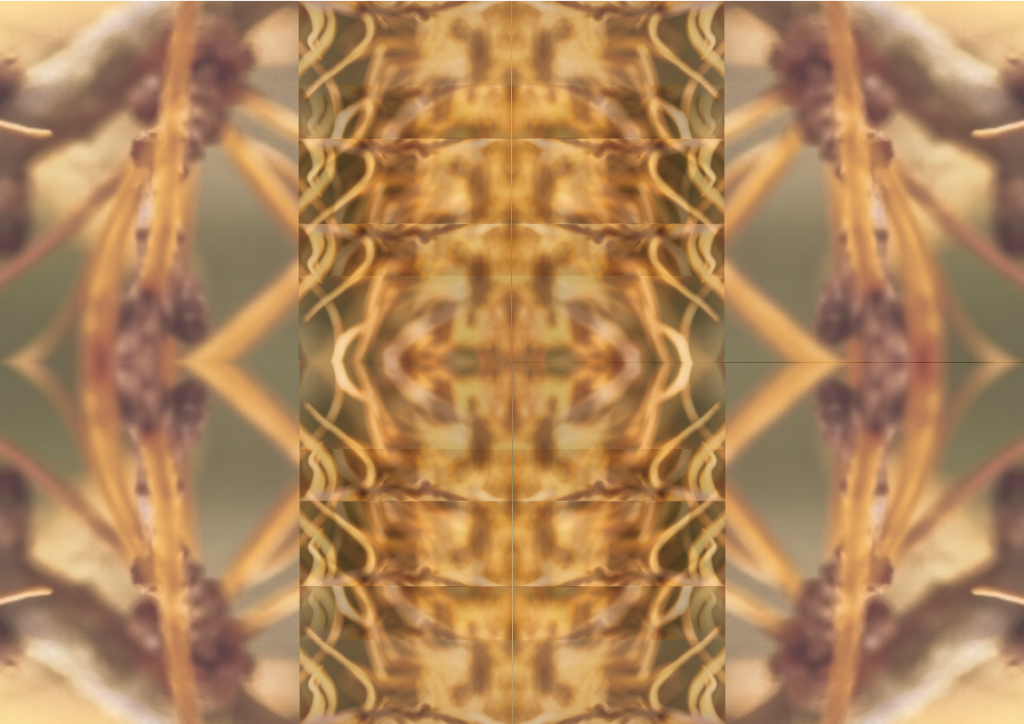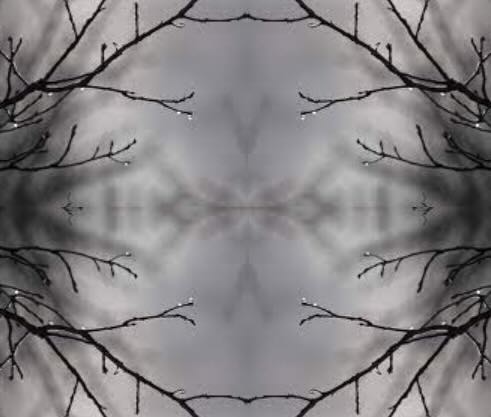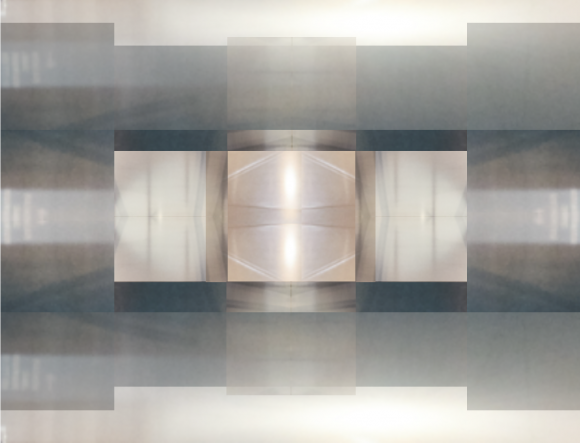Jung discusses from time to time how unconscious processes can “break in” (einbrechen) and disrupt consciousness. The term captures the experience from the point of consciousness: the workings of the ego complex are interrupted from something “outside”, and that means: something outside consciousness. In other words, what “breaks in” is simply something else, something not under conscious control, something that cannot be directed by the will. In particular, the will cannot choose when or even if it happens, and that is why this “breaking in” is experienced as an autonomous force.

1. This idea is obviously modeled on a similar phenomenon, familiar to us all: namely, when events from the external world enter consciousness. It happens all the time with physical events (such as, say, a sudded ray of sunshine or a car horn honking), and also includes the behaviors of other people (physical movements, speech, facial expression changes). Thus the external world can “break in” and disrupt consciousness. This is always mediated by the senses, and we are so used to it that we might say that a good deal of development and adaptation of consciousness is simply responding to such changes in the sensible world.
The sensible world, however, can also break into non-conscious processes. In that case, the disruption is nothing that the ego expects (or perhaps can even deal with, adapted or not). But more importantly, also the unconscious processes which are going on, the workings of the soul and spirit, are disrupted. And there is a response from those forces, too (but one that is not directed by the will, and consciously initiated, but obviously is a response from the unconscious: it is unconscious behavior, spontaneous physical movement, speech disruption or even involuntary speech contents, phantasies that occur, obsessive behaviors, etc.).
2. So far we have seen how a) the external world breaks into consciousness (the ego complex) and b) the external worlds breaks into unconscious processes (i.e., other complexes); and I have conjectured that the idea of the unconscious “breaking into” consciousness is modeled on such break-ins of the external world into a person’s psychology (that is, on phenomena of type a)). But it gets more complicated.
Just as the external world, via the senses, can break into either consciousness or unconscious processes, so the unconscious can break into either consciousness or into the physical world. When the unconscious breaks into the physical world (c)), this happens in the form of physical movements (unconscious behaviors), including facial expression changes (grimaces), or speech action (nonverbal behavior, such as groans, even saying things one didn’t intend to say), speech interruption, even compulsive behaviors (e.g. hand-wringing or even total loss of social bearance, screaming at people, etc.). When the unconscious breaks into consciousness (d)), this is generally in the form of tiredness, disturbing concentration, selective perception, fantasies that appear unbidden, and the like.
3. There are fascinating commonalities in these four directions of “breaking in”. First, we may notice that in all of them (a) through d)), the factor which makes it a “breaking in” is that there is no conscious control: the will, the faculty of choice, the ego complex are bypassed and powerless (and sometimes clueless). Both the external world and the unconscious are autonomous spheres; the ego moves within them and responds to them, with a certain amount of sovereignty, but with the occasional episode of being overpowered — i.e. with the occasional Einbruch.
It’s true: the physical world is an external sphere, whereas the unconscious has interiority (personified by the anima; cf. RVP 43). But this does not contradict the experience behind the “break-ins”. It is still an independently existing sphere with effective forces.
That the soul is experienced as my “own” and “within” refers to the privacy and interiority of psychic life. It does not imply a literal ownership or literal interiority. The sense of “in-ness” refers neither to location nor to physical containment. It is not a spatial idea, but an imaginal metaphor for the soul’s nonvisible and nonliteral inherence, the imaginal psychic quality within all events.
RVP 171.
In other words: the inner world is nothing like the external world. The latter exists in space and time, and is “visible” (i.e., can be perceived through the senses). The former is a structure of archetypal patterns, only readable from psychological phenomena (behaviors, thoughts, emotions, memories, fantasies, dreams, artistic expression, …). But both have in common that they surround the ego complex, and occasionally “break” into it.
(And sometimes they overlay, and then it is difficult to tell them apart in the “break-in” phenomenon. Synchronicities are precisely a case in point: they appear in the external world, as coincidences, but they are characterized by a psychic criterion: namely, their numinosity, their sense of meaningfulness.)



